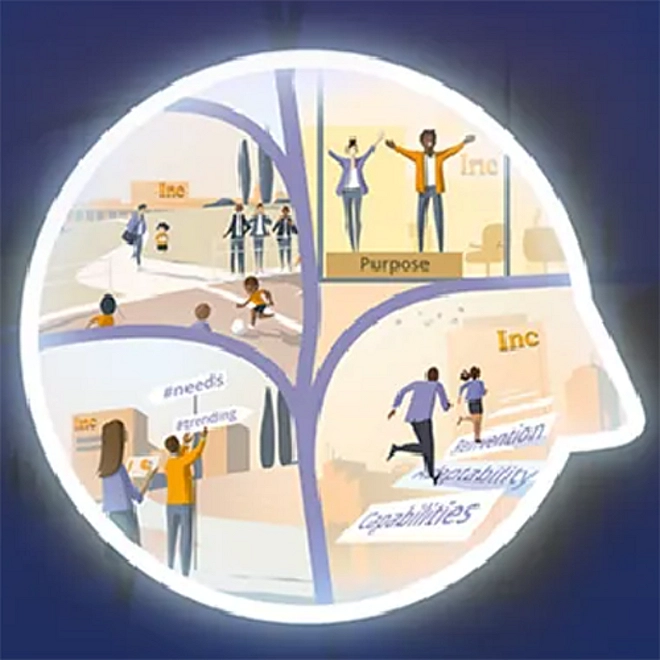Human Capital
Making humans better at work and work better for humans ™
Unlocking human potential creates productive, adaptable organisations that are resilient to risk, fit for the future and grounded in purpose.
Digitally driven and human-powered for a new way of working
Organisations are challenged to innovate, digitise, maximise productivity and create new value, all while reducing risk and contributing to society at a pace that is faster than ever.
We can help you to create an adaptable organisation, compose a workforce that drives productivity and value, today and in the future; reimagine work to empower your people to find purpose in the impact they bring and elevate your HR function.









